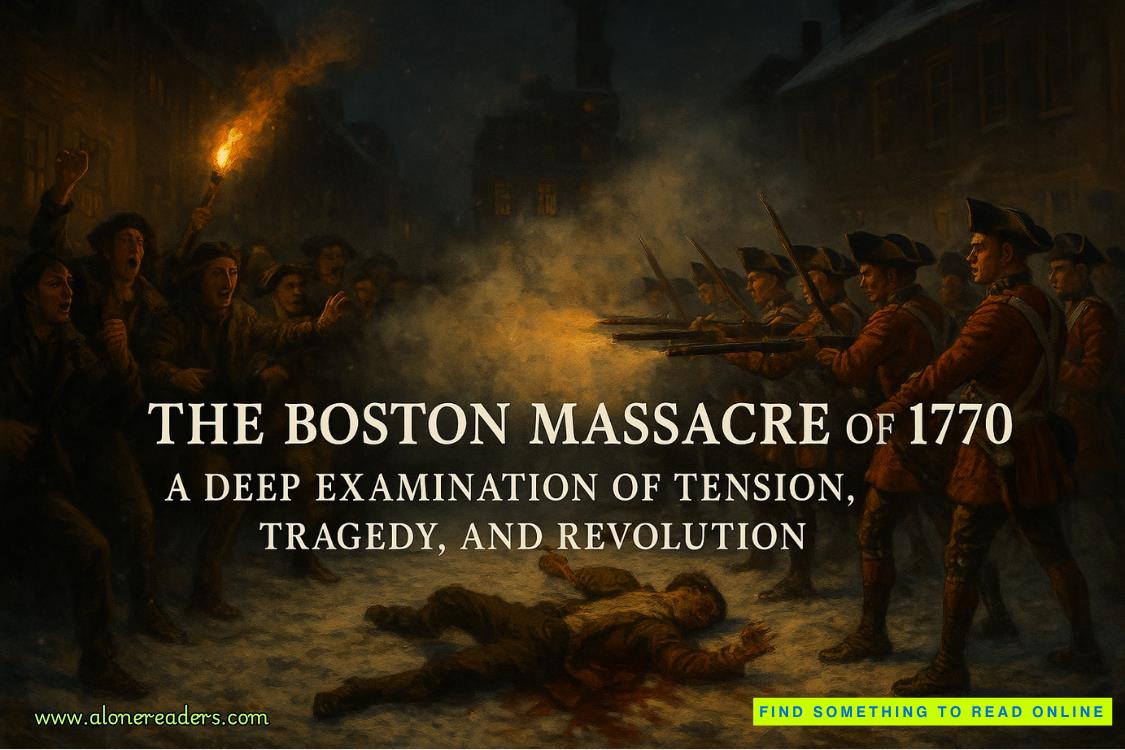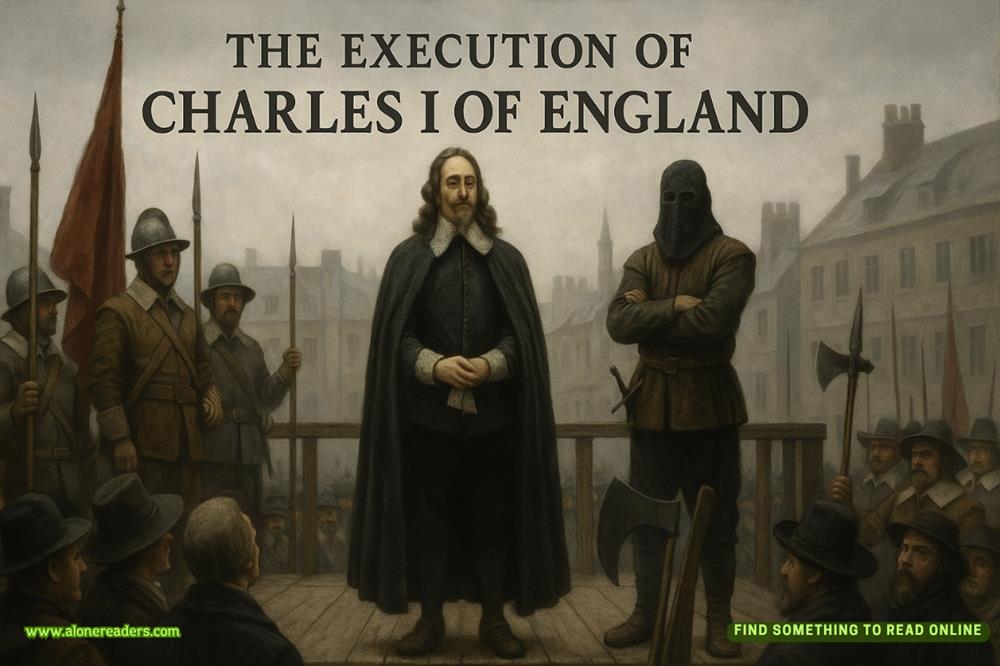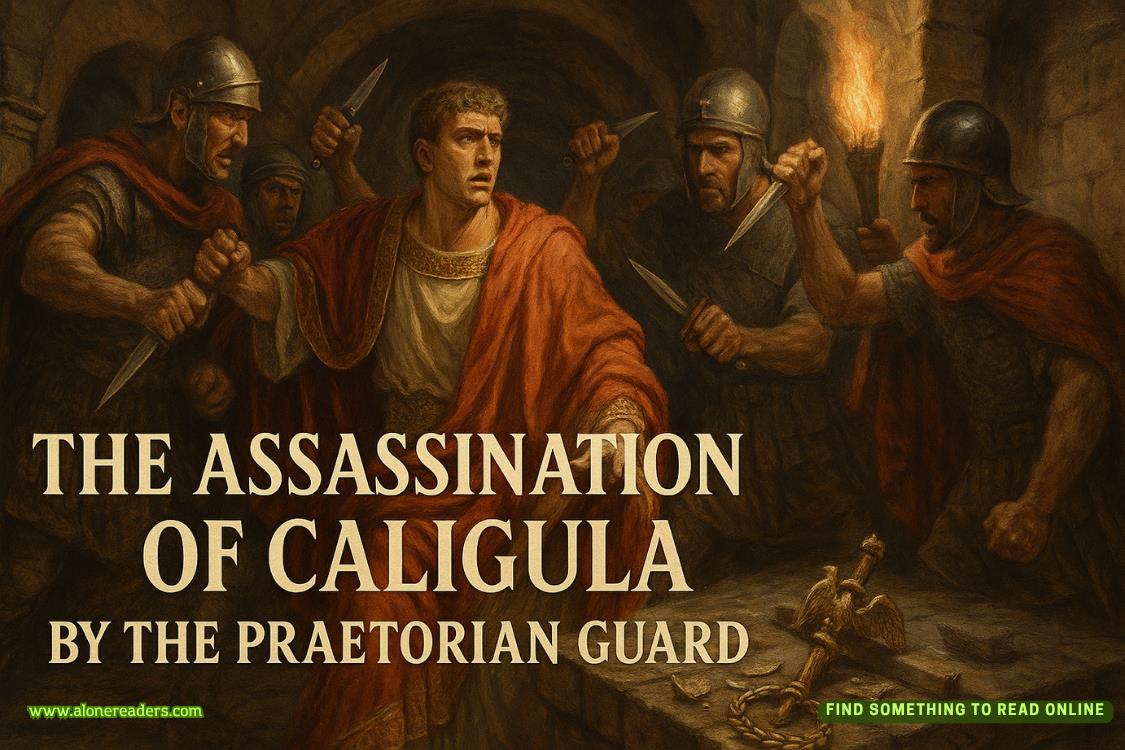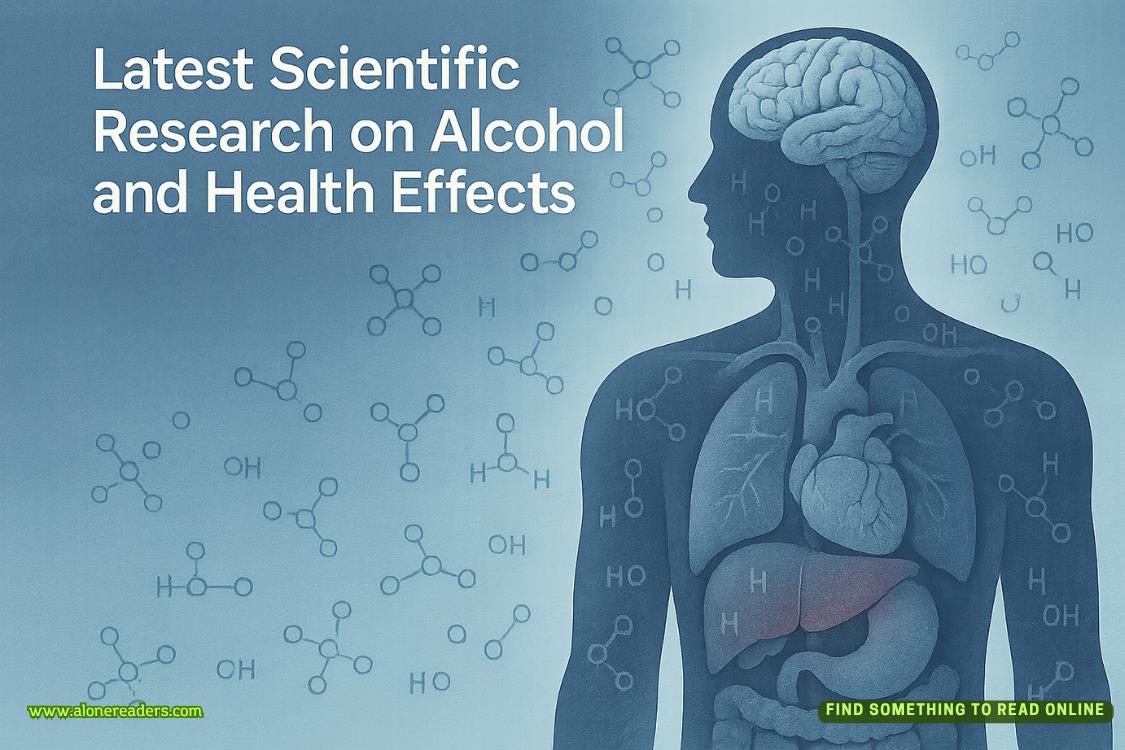Page 3 of Dr. Billionaire Playboy
One thing stood out. Her blue eyes.
It was almost like she pierced my soul just by staring at me. I suppressed the urge to join her pacing.
What’s this?
Me? The Adam Hunt, nervous about a woman he just met?
There was something off—who the hell did she think she was?
“Is something wrong?” Catherine asked.
“What….” I was interrupted as the ER team rushed the body in.
“Patient’s status?” I asked as I mentally prepared myself. I stole a glance at the other doctor, and her eyes were closed as she inhaled and exhaled.
“Vitals are unstable,” they replied.
“All right, let’s do our best,” I said as we got to work.
When patients have a life-threatening injury such as a puncture to the heart like this, the first step would be to immediately initiate advanced life support measures to stabilize the patient's condition.
The emergency team had obviously done their best, but the patient was already on the brink and barely had a pulse.
“Assessing patient’s vitals: the pulse is low, blood in lungs, barely breathing….” the other doctor said.
Her voice was stunning as well. If not for the safety regulations, I would have had her take off her mask right there and then.
“It’s no use; we’ll begin the emergency thoracotomy,” I said as I snapped the gloves on my wrist, “Blade.”
“Here,” Catherine said as she handed me the scalpel.
“Ready as well,” the other doctor said.
I nodded positively and began.
In the case of a puncture to the heart, we perform an emergency thoracotomy, which involves making an incision in the chest to access the heart and repair the injury. The procedure needs to be done as quickly as possible to minimize the risk of other complications or worse, death.
But in this case, the latter was impending.
We worked with anesthesiologists, nurses, and other specialists to provide ongoing support and monitoring for the procedure. We continued to assess the patient's condition and adjust treatment as needed to ensure the best possible outcome.
But nothing was working.
We were losing him.
“I knew he was going to die anyway,”I said to myself,“We should stop here.”
I stopped and pulled down my mask then stared at the body and my blood-stained hands.
“Please, don’t die,” a voice pleaded softly.
I looked up and I noticed the female doctor continuing the procedure. Her hands were shaky, yet she moved so skillfully.
It was like watching a masseuse… no wait, a magician at work.
Her hands dug into his body, trying her best to stabilize and revive the patient.
“Sir, there’s no way he’s going to make it. We can stop here,” Catherine whispered, but I wasn’t listening.















